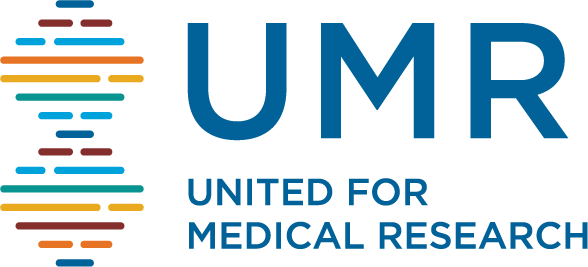March 15, 2019
WASHINGTON, DC – March 15, 2019 – Research funding from the National Institutes of Health (NIH) to rural states has a significant impact on these states’ economies – generating sales, supporting jobs, contributing to the tax base and boosting an industry sector that pays significantly higher wages than other sectors, according to a new report from United for Medical Research (UMR). Additionally, when coupled with the benefits to public health of NIH-funded research generally, the impact of NIH-funded research in rural states may be more consequential than in other states, the report finds.
“The purpose of NIH-funded research is of course to improve health, but it has an important secondary benefit of boosting the economy,” said economist and report author Charles Lawton. “This report makes clear that the economic benefit is not limited to states like California or Massachusetts. Rather, in states that are smaller, more rural and that perform relatively less medical research, the impact of these research dollars is no less important and possibly more so.”
The report, “How NIH-Funded Research Benefits Rural States,” looks at the economies of seven rural states and the impact that NIH research funding received in 2017 had in each of those states, as well as what would have been lost if NIH funding had remained flat rather than increased between 2015 and 2017. The report also looked at public health spending in each state.
“This report comes at a critical moment, as the White House has just released a budget that would dramatically cut the NIH budget and Congress begins the process of considering funding for FY20,” said UMR President Alex Currie. “Our data illustrates how the strong increases to the NIH budget provided by Congress over the past few years already have yielded meaningful economic benefits for these states and that these states stand to gain significantly from the public health benefits that ultimately will come from NIH-funded research. We urge Congress to continue the positive momentum of the past few years and make investments in medical research a critical national priority.”
The states examined were Alabama, Arkansas, Kentucky, Maine, Mississippi, Montana and West Virginia, all of which are generally more rural, less populous, have smaller economies and receive less NIH research funding than the average of the rest of the United States. They also represent a broad geographic distribution of the nation’s rural territory.
Among the report’s key findings:
- NIH research funding contributed meaningfully to all seven states in the form of economic activity, jobs and state and local revenue. The average impact across the states was $245 million in added economic activity and 1,671 additional jobs. An average of $22 million was collected in each state in additional tax and fee revenue.
- Rural state economies benefitted from bipartisan congressional efforts that increased the NIH budget between 2015-2017. In fact, increases to the NIH budget in FY16 and FY17 led to faster growth in NIH dollars awarded and faster growth of intrastate jobs created in these seven states compared to the average for the rest of the states (21% versus 15%).
- Had Congress not acted to increase overall NIH funding and had research funding to these seven states remained flat from 2015 to 2017, the average loss to each state during this period would have been $28 million in economic activity, 196 jobs and $2.6 million in tax and fee revenue.
- NIH-funded research supports good-paying jobs and is an important contributor to development of these state’s stock of human capital. In 2017, average annual pay in the scientific R&D sector was nearly double the average for total employment in each state. For workers under 25, average pay in the scientific R&D sector 1.8 times that for other sectors. The ability to attract young, skilled workers is important to the future of rural states, many of which are facing an aging population and growing demographic unsustainability.
- Health benefits arising from NIH-funded research will have a substantially greater impact on these rural states than the average state. With the exception of Montana, these rural states have far higher rates of chronic diseases and other health conditions. Similarly, in all but Montana, enrollees in publicly funded healthcare programs account for a far higher share of the state population and the cost of the benefits they receive amount to an even higher share of their states’ GDPs compared to other states.
The report was authored by consulting economist Charles Lawton, Ph.D., of York, Maine.
The report, an executive summary and individual state fact sheets are available HERE.
Video from a Capitol Hill briefing on the report is available HERE.
